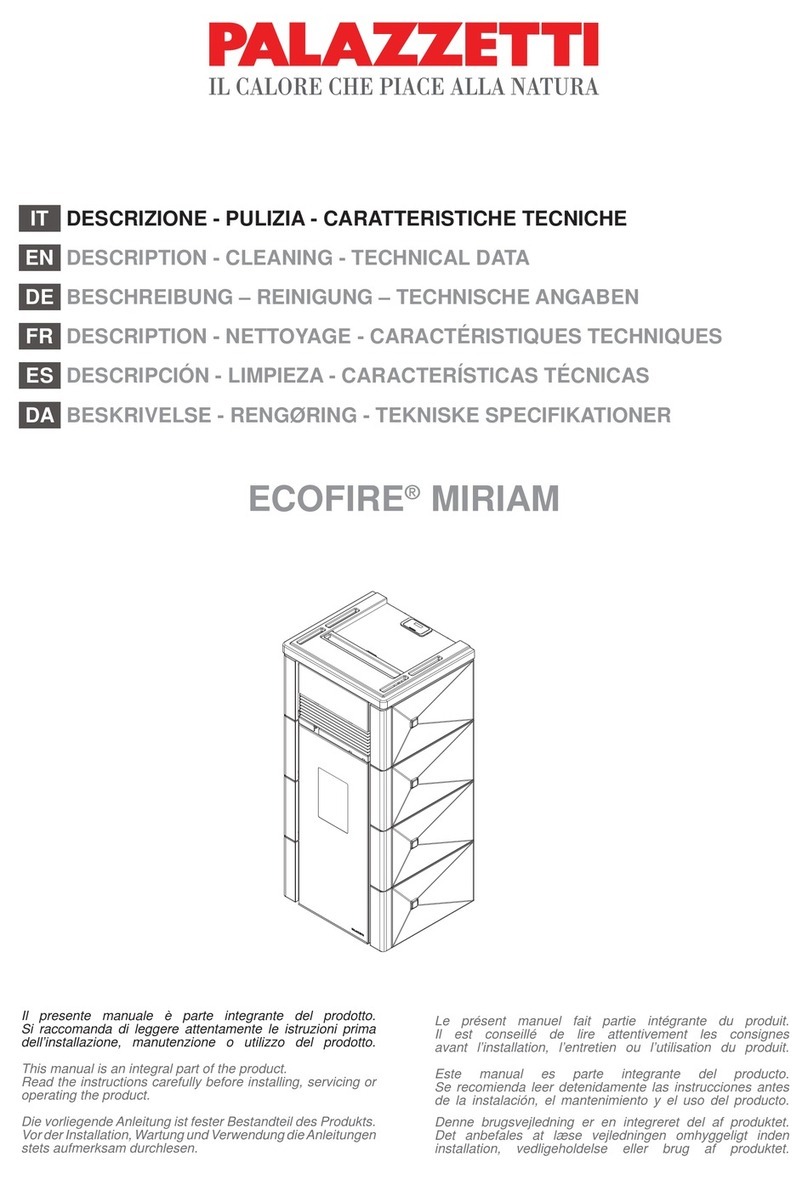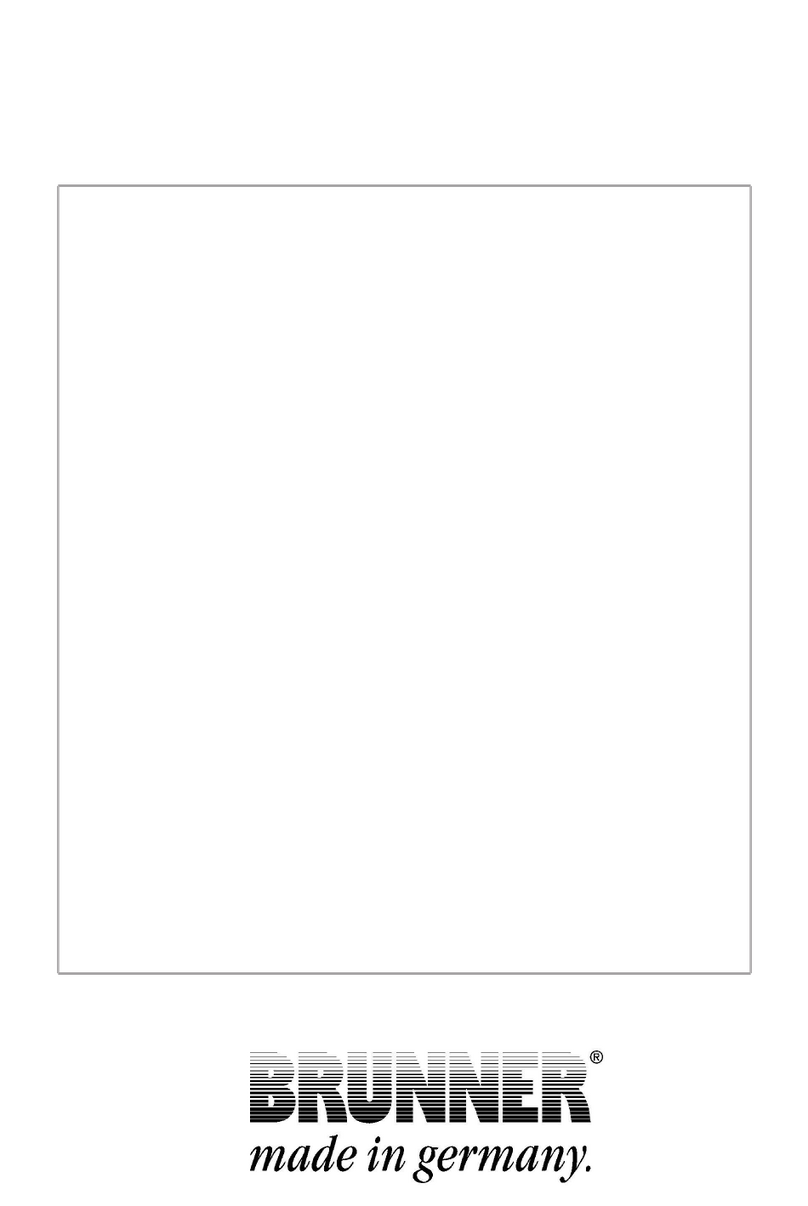
Contents
1 Introduction.................................................................................................................5
1.1 Purpose of this manual................................................................................................................. 5
1.2 Target audience.............................................................................................................................5
1.3 Validity of these instructions......................................................................................................... 5
1.4 Keeping of documents.................................................................................................................. 5
1.5 Symbols and text style rules.........................................................................................................6
1.5.1 Specified symbols........................................................................................................... 6
1.5.2 Text style rules................................................................................................................ 6
1.6 For your safety.............................................................................................................................. 7
1.6.1 Dangers and safety measures........................................................................................7
1.6.2 Warnings......................................................................................................................... 8
1.6.3 Regulations......................................................................................................................8
1.6.4 Conformity....................................................................................................................... 9
1.6.5 Obligations of our Natural Power Partners.....................................................................9
1.6.6 Surfaces with possible risk of burns.............................................................................10
2 Product description..................................................................................................11
2.1 Intended use................................................................................................................................11
2.2 Type plate....................................................................................................................................12
2.3 Overview of the boiler................................................................................................................. 13
2.4 Functional description..................................................................................................................14
2.5 Safety concept.............................................................................................................................14
2.6 Fuel and water quality requirements.......................................................................................... 16
2.6.1 Pellets............................................................................................................................16
2.6.2 Heating water................................................................................................................ 17
3 Operation basics...................................................................................................... 18
3.1 Licenses.......................................................................................................................................18
3.2 Touch-sensitive display................................................................................................................19
3.3 Display overview..........................................................................................................................20
3.3.1 Combustion chamber - display views...........................................................................21
3.3.2 Ash box - display views................................................................................................22
3.3.3 Buffer tank display views.............................................................................................. 22
3.4 Buttons.........................................................................................................................................22
3.5 Display views Pellet storage....................................................................................................... 25
3.5.1 Daily pellet container.................................................................................................... 25
3.5.2 Annual pellet hopper/weekly hopper............................................................................ 27
3.6 Own settings................................................................................................................................29
3.6.1 Individualisierung des Displays.....................................................................................29
3.6.2 Locking the boiler - for filling the pellet store............................................................... 35
3.6.3 Exhaust gas test........................................................................................................... 36
3.6.4 Communication of the system...................................................................................... 38
3.6.5 Selecting or creating new heating programs................................................................ 39
3.6.6 Setting the program for hot water.................................................................................41
3.6.7 Absence time................................................................................................................ 42
© 2023 Brunner GmbH Instructions for Use BPH 4/17 (2.29) 3




























